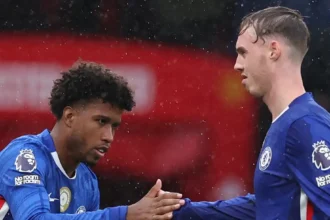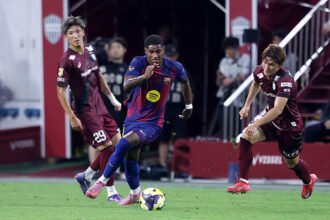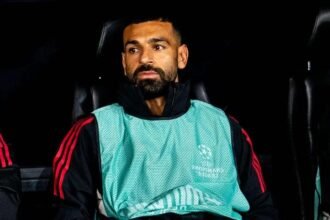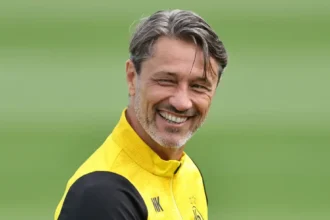Javier Mascherano’s tactical adjustments have reignited Lionel Messi‘s form in MLS, with improved defensive structures and midfield changes boosting Inter Miami‘s chances of success. Messi’s recent goalscoring run and the team’s resurgence highlight the effectiveness of Mascherano’s approach.
Lionel Messi’s scintillating form in MLS has taken a dramatic turn for the better, and Inter Miami manager Javier Mascherano deserves significant credit for some tactical changes that have unleashed the Argentine superstar. Following a challenging Club World Cup campaign, Miami’s tactics have evolved, resulting in a stronger, more balanced team with Messi at the center of it all. In this piece, we’ll break down the key tweaks Mascherano has implemented to reignite Messi’s attacking brilliance.

After a Club World Cup loss to PSG in which Inter Miami was left exhausted and battered, many feared that Messi’s presence might not be enough to prevent a post-CWC slump. The team’s performance, especially their defensive fragility and missed opportunities, led to predictions of a difficult few months ahead. However, contrary to those expectations, Messi has since been in exceptional form, scoring two goals in each of his last five MLS appearances, tying the league record for consecutive multi-goal games. But what changed?
Javier Mascherano, who took over as Miami’s manager, knew his team could not afford to stick to the same tactical blueprint that had left them exposed at times. Originally, Miami’s strategy relied heavily on high pressing and aggressive attacking play. However, this approach often left them vulnerable to quick counter-attacks, and their defense was not built for such an intense style.

The Club World Cup experience served as a turning point, where Mascherano realized his side needed to adapt. He decided to ditch the high-line pressing game, opting instead for a more structured, deeper defensive block that allowed Messi to shine in a more counter-attacking role. This shift brought defensive stability, with Miami conceding fewer goals and playing smarter, more strategic football.
One of the significant tactical changes under Mascherano has been the role of the fullbacks. Jordi Alba and Marcelo Weigandt, both naturally attacking players, had previously pushed high up the pitch, often leaving Miami exposed when the ball was lost. In recent weeks, however, they have been instructed to stay wider and deeper, providing more defensive cover and allowing Miami to control games more effectively.

This change not only strengthens Miami’s defensive solidity but also helps in their build-up play. By keeping their fullbacks in position, Miami now has more bodies in defense and more control over their attacking movements, allowing Messi more space to operate without constantly worrying about defensive duties.
The midfield has also undergone subtle but important changes. Sergio Busquets, Miami’s defensive midfield general, has struggled at times this season due to his age and lack of mobility. In previous setups, when the midfield opened up, it exposed his limitations. With Yannick Bright injured, Mascherano has turned to Benjamin Cremaschi, a dynamic box-to-box midfielder, to provide the necessary energy and cover for Busquets.
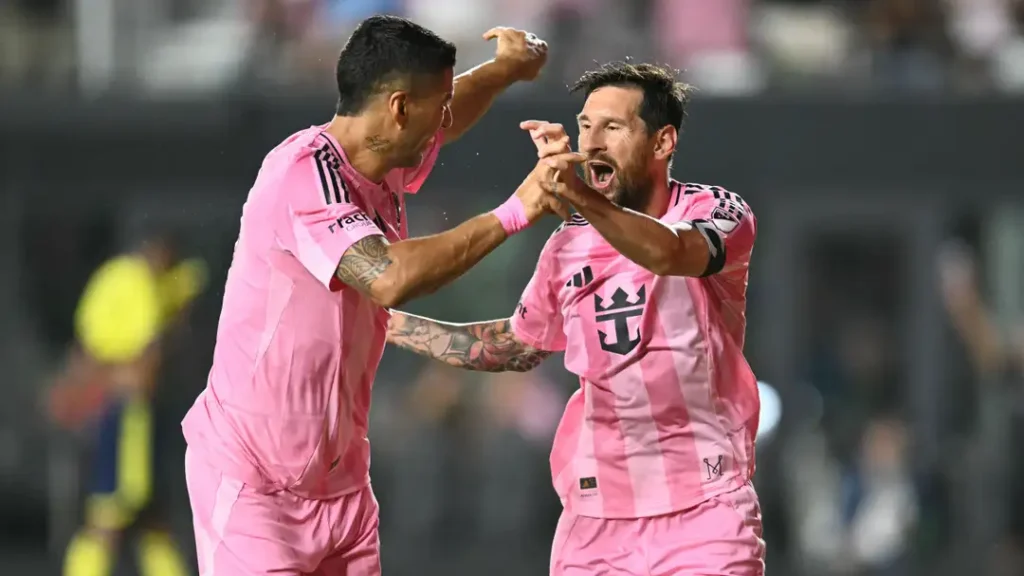
This adjustment has been crucial in helping Miami maintain a more compact midfield and prevent teams from easily breaking through. Cremaschi’s work rate and ability to cover ground have given Miami more defensive resilience, allowing Messi and the attack to focus on what they do best.
As always, Messi remains the heartbeat of Miami’s offensive play. Despite the changes in team structure, he continues to produce magic. With a more solid defensive setup around him, Messi has been allowed to freely float and capitalize on opposition mistakes, often with devastating results. His consistency has been remarkable, scoring goals with his trademark precision and contributing assists when needed.
Mascherano’s approach is simple but effective: get Messi in the right positions and give him the freedom to work his magic. This allows Messi to be the game-changer without the burden of carrying the team entirely.

With the tactical adjustments starting to pay off, Inter Miami now looks to build momentum in the lead-up to Leagues Cup play. With three crucial MLS fixtures before they face Cincinnati and other rivals for Eastern Conference supremacy, these upcoming games will play a significant role in deciding their season’s trajectory. Injury news is also positive, with Yannick Bright returning to training, giving Miami another boost in midfield.
As the season progresses, rumors are swirling about potential transfers, with names like Rodrigo De Paul being linked to a move to MLS. Should these players join the team, it could bolster Miami’s already strong setup, but much will depend on how Mascherano can continue to tweak and improve his system as the competition intensifies.

Javier Mascherano’s tactical tweaks have allowed Lionel Messi to rediscover his best form in MLS, driving Inter Miami to a higher level. With improved defensive structure, more compact midfield play, and Messi’s creativity shining through, the team has gone from potential collapse to formidable contenders. If they continue on this path, Messi and Miami could be primed for another trophy-laden season.




